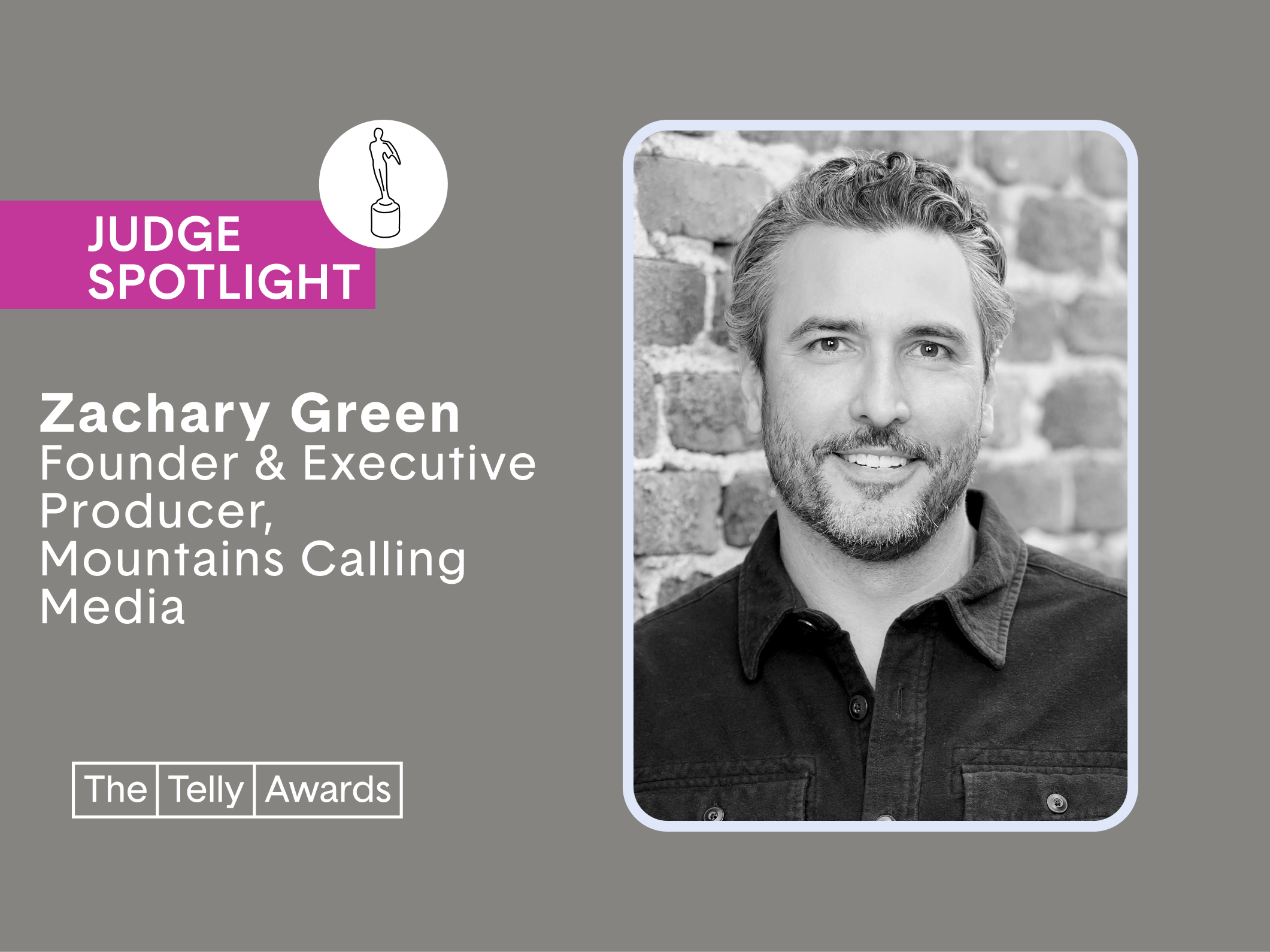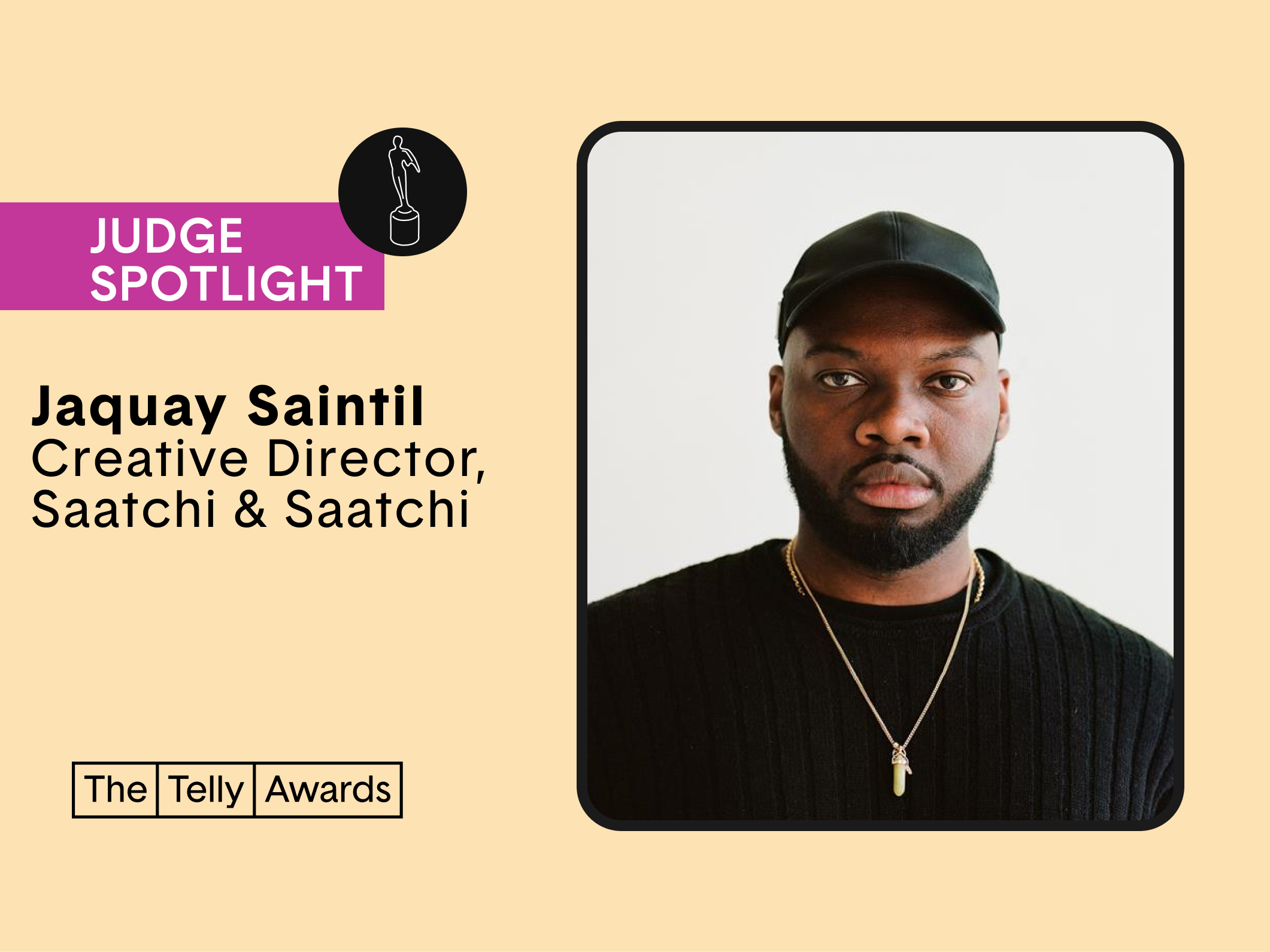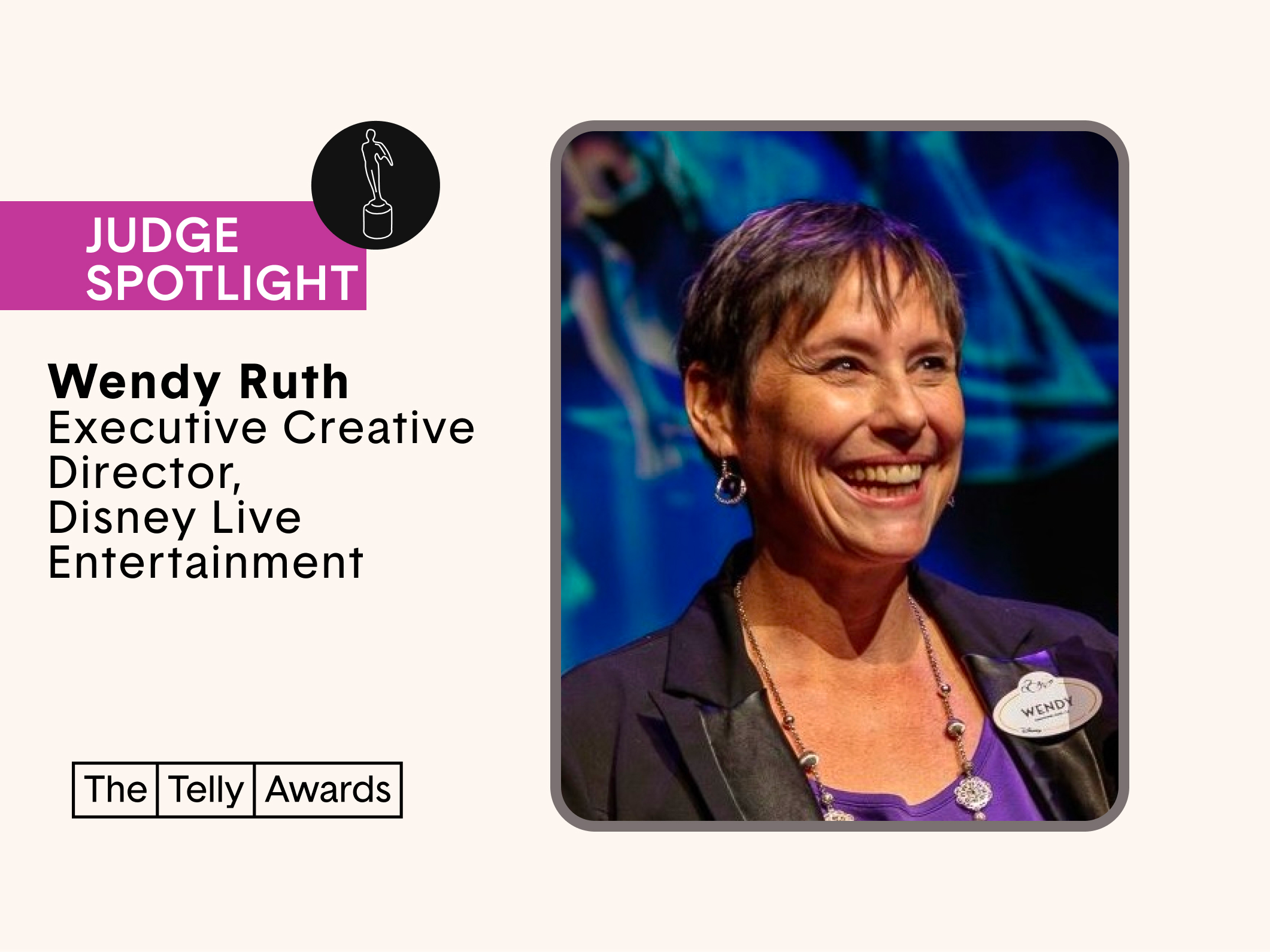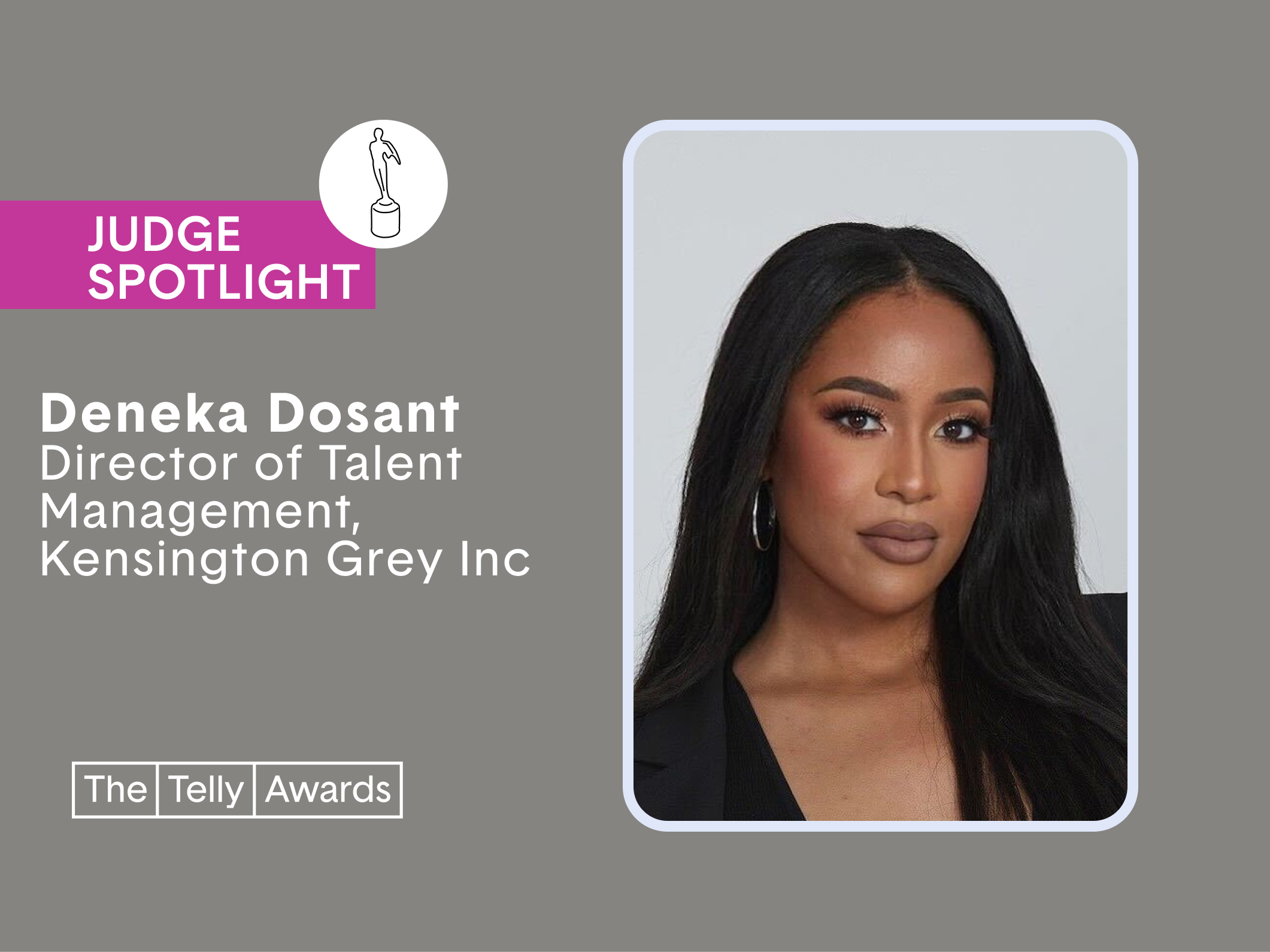Serge Sohen has over 15 years of experience producing brand films and integrated campaigns. He has led international shoots across Portugal, Kazakhstan, the United States, Poland, Hungary, and France, delivering work for BMW, McDonald’s, Puma, UNICEF, KTM, Plarium, Lightricks, MyHeritage, and Passes—launched on platforms including Meta, TikTok, and YouTube. Collaborating with global network agencies such as McCann, Saatchi & Saatchi, Leo Burnett, DDB, Publicis, and Ogilvy, his projects have earned local and international recognition, including a Cannes Silver Dolphin. Serge Sohen serves as an Executive Producer and co-owner of MIRRORS (Los Angeles), where he drives international partnerships and implements AI technologies in creative content production.
How many years have you been a judge?
1-3
What excited you about judging for the Telly Awards?
I was excited by the chance to celebrate outstanding creativity from around the world and contribute my perspective as a producer who has worked across diverse markets and platforms.
What was your first job in the industry? What did it teach you?
Associate Producer. It taught me patience, a relentless appetite for learning, and the discipline to try again (and again). I learned to anticipate risks, communicate clearly under pressure, and solve problems fast so the work stays on track.
What’s the most challenging part about your job and/or the industry?
The most challenging part is balancing creative ambition with real-world limits — budgets, timelines, and an ever-changing media landscape. On one side, you want to push ideas further, surprise audiences, and experiment with new tech; on the other, you need to keep production clean, on schedule, and client-ready. Finding that balance without losing the soul of the idea is both the hardest and most rewarding part of the job.
What do you look for to determine excellence in video?
I look for a balance of creative originality and flawless execution — ideas that feel fresh and relevant, paired with craft that elevates them. Excellence shows in clarity of storytelling, emotional impact, and cultural resonance, as well as in the details: strong cinematography, thoughtful editing, sound design, and the integration of new technologies when it serves the narrative.
What are your current roles and responsibilities and what do you love most about your job?
I currently serve as Executive Producer and co-owner of MIRRORS in Los Angeles, overseeing concept development, live-action production, VFX/post, and AI-assisted workflows for international campaigns. What I love most is guiding ideas from spark to screen — collaborating with global teams, solving creative challenges, and seeing stories come alive for audiences around the world.
What initiatives or projects are you working on now that excite you?
Right now I’m excited about adapting game characters into both live-action and animated formats, finding new ways to bring IPs to life. I’m also focused on creating campaigns that truly resonate with audiences — not just visually, but emotionally — so the creative feels authentic and sparks real connection.
Do you have any specific practices you lean on to spark creativity?
I rely on a few simple but powerful practices: cold showers, an hour-long solo brainstorm in a quiet room with no gadgets or outside distractions, and meditation. I also keep in mind that creativity isn’t always about inventing something entirely new — it’s about applying the right methodologies to combine existing ideas and techniques into the best solution for a specific project, time, and outcome. I like to think of it as MMA for creativity: a mix of disciplines that, when combined, create something truly effective.
What inspired you to pursue your career path?
I was inspired by my early experiences on music video sets—seeing countless moving parts come together into something bigger than the sum of its parts. That process sparked my passion for production and showed me my strength is guiding ideas from concept to screen. Over time, I’ve realized I’m driven by the blend of creativity, technology, and people—and I love the balance of in-office and on-set work, plus the constant collaboration with talented creatives.
In your experience, what is a significant change you are seeing happen in the video, television, and/or film industry, and what insight can you share about how to navigate it?
We’ve moved from “one hero film” to a world where the same idea has to sing as a 6-second hook, a 15/30, a longer cut, and a localized version that still feels human—often with a little help from AI. The work that wins is built like Lego: modular shots and moments you can remix, test fast (openings, pacing, thumbnails), and then scale without losing the soul. My approach: lock the story first, design deliverables backward from platforms, use AI as a craft booster (not a crutch), and keep clean rights/ethics rails. Then run the whole thing like product—short sprints, quick dailies, tight feedback—so we move fast and still land something beautiful.





